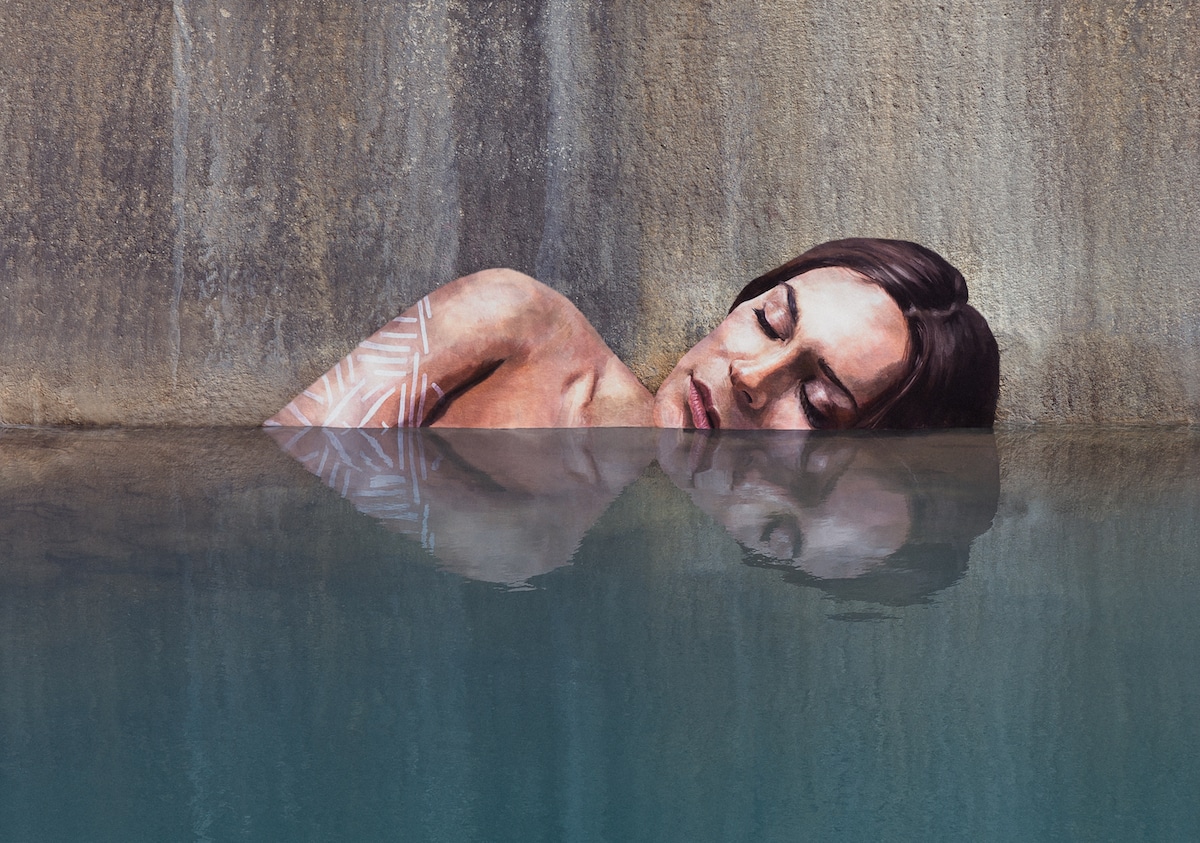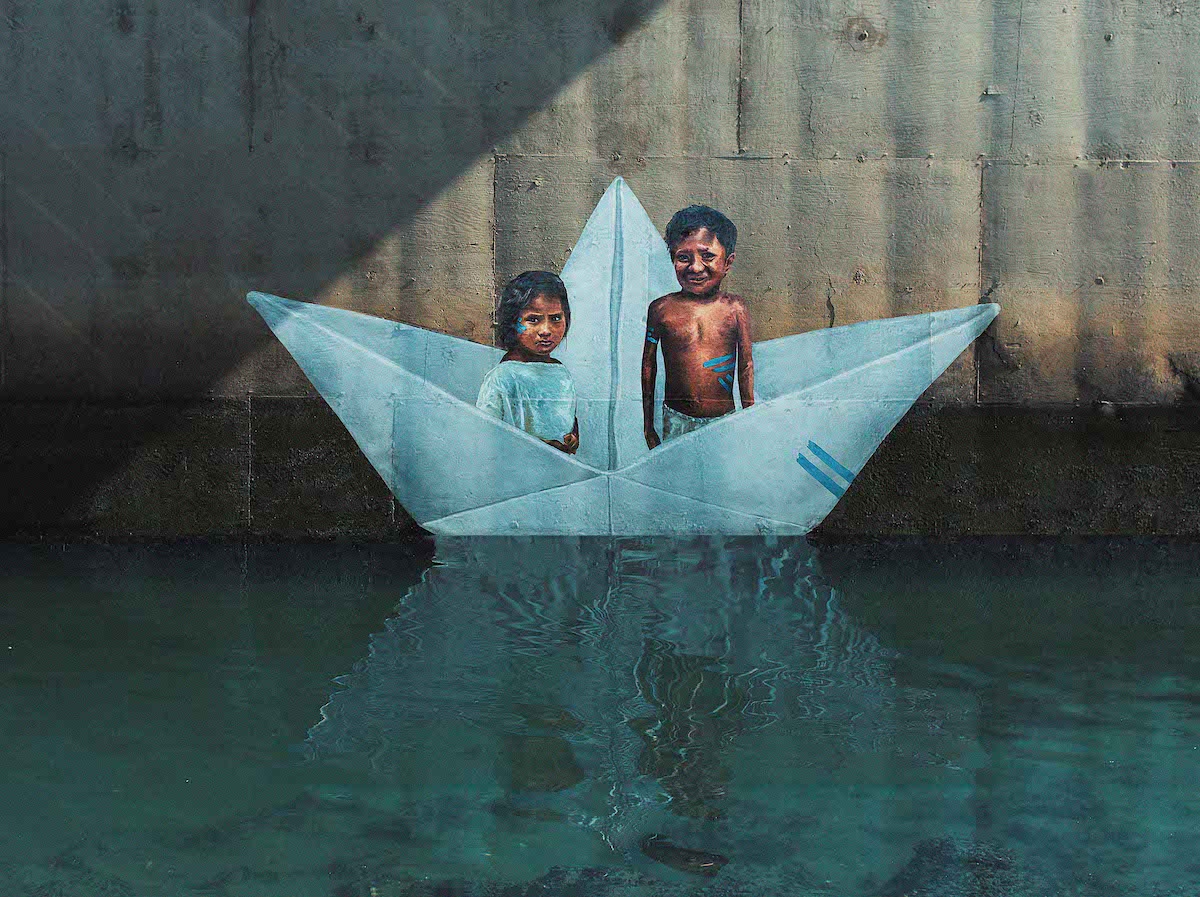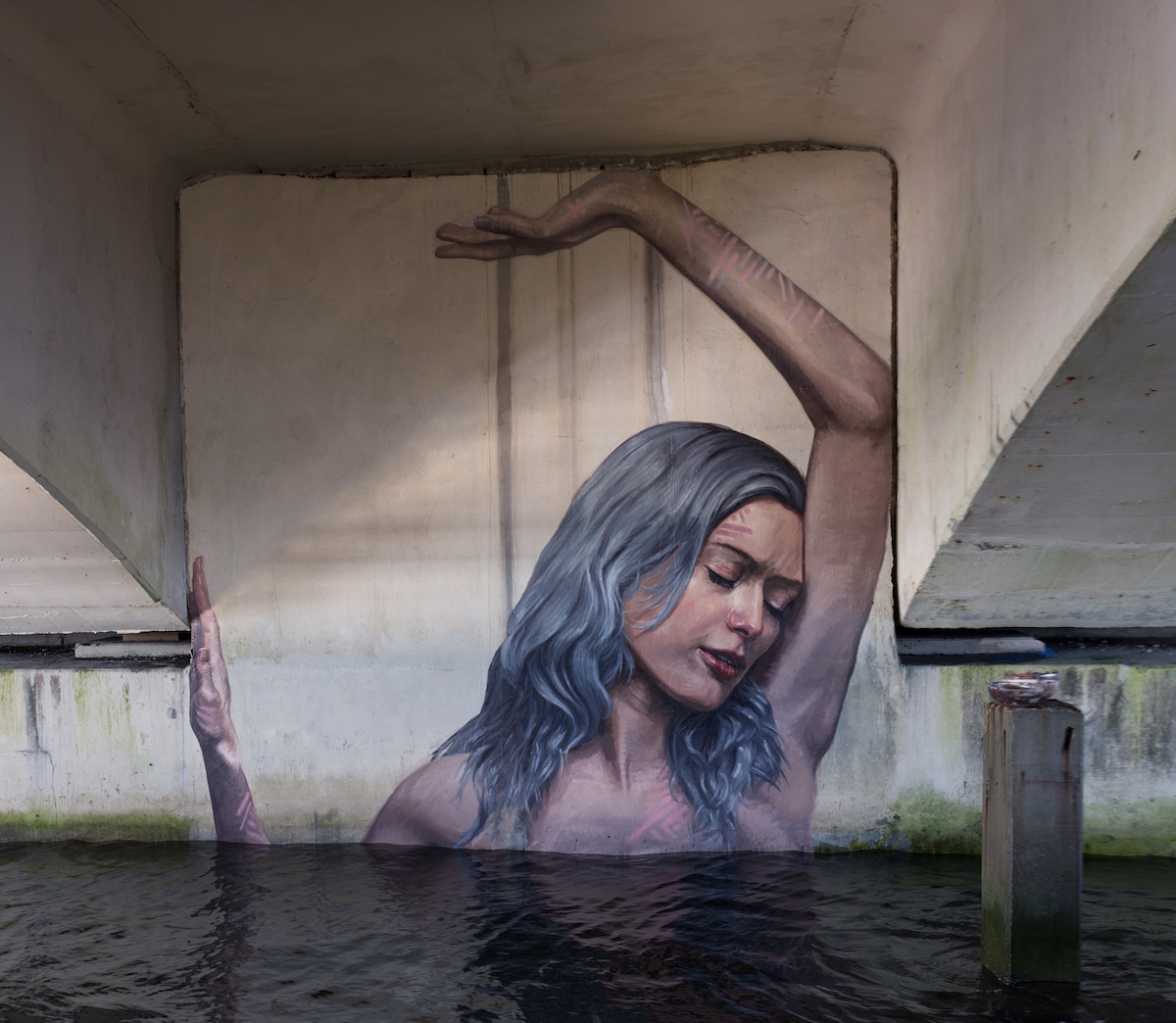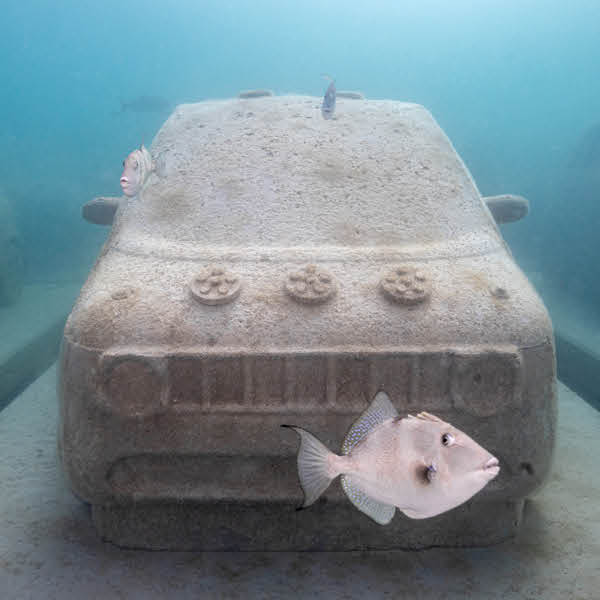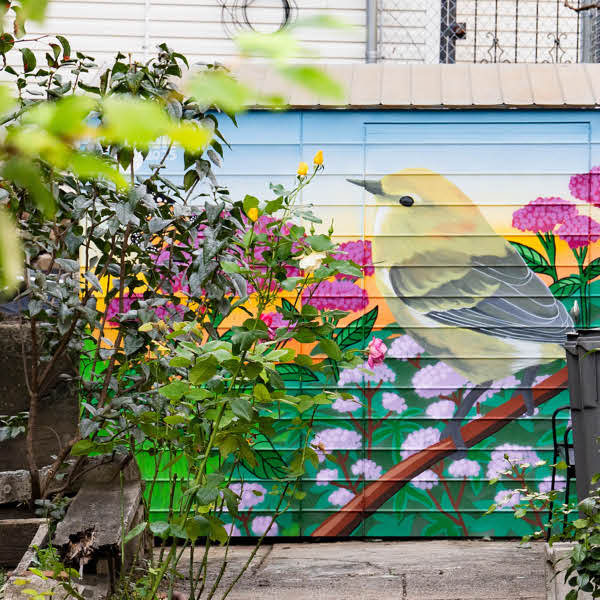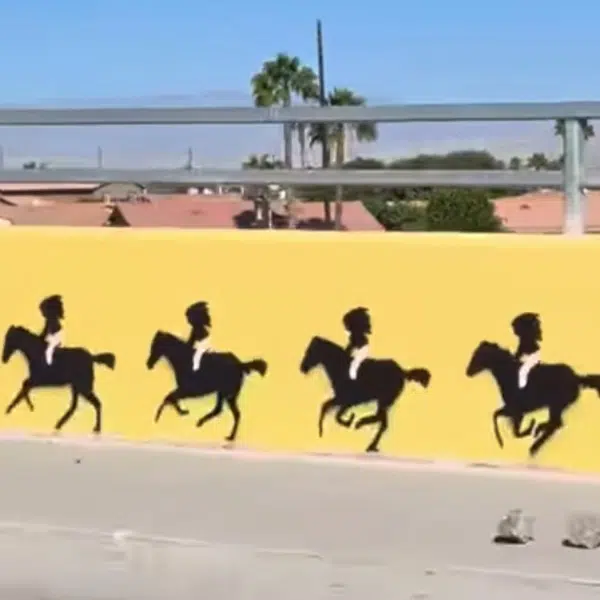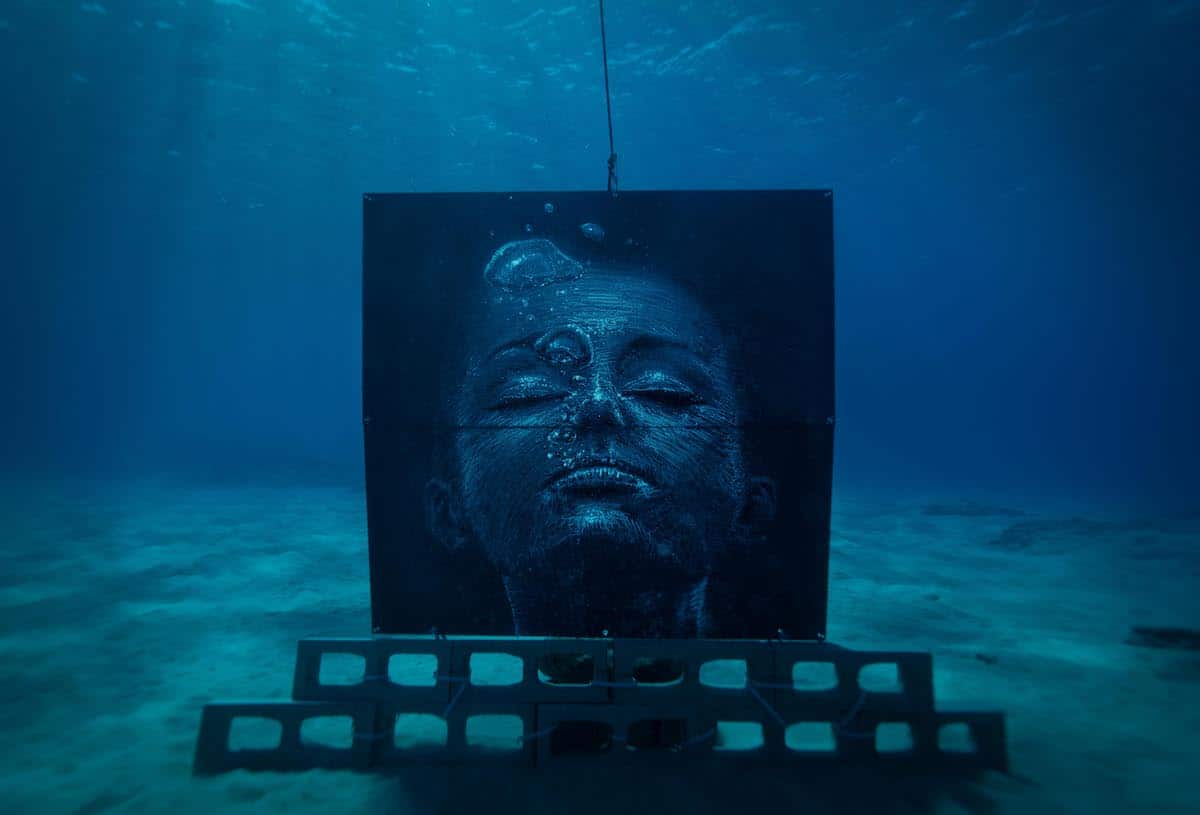
Artist Sean Yoro, better known as Hula, grew up in Hawaii, where his love of nature flourished and later combined with his artistic talents. He’s most commonly recognized for his murals that play with watery reflections in forgotten spaces, which he often paints while floating atop his surfboard. Using environmentally-friendly pigments, the artist’s figures seem to emerge from the water like mermaids drawing the viewer in with their eyes. For his newest project, over a year in the making, he dives below the surface and paints underwater for the first time.
The Deep Seads project required an immense amount of physical and mental preparation, as Hula was forced to learn how to freedive in order to take on the endeavor. This was only one of the challenges the determined artist had to overcome. He worked with experts to set two artificial reefs in place and he also had to develop an artistic medium that would allow him to draw without polluting the water.
Hula continues to stretch and grow his art, using his talents to draw attention to the dangers that our environment faces. Whether he’s learning to freedive or venturing into the Arctic to paint icebergs, he’s always pushing his physical limited to get his point across. Now, he's joined forces with his twin brother Kapu to form Kapu Collective, an initiative that combines his expertise as a painter and his brother's abilities as a photographer.
We had a chance to speak with Hula at this critical turning point in his career to learn more about what drives him. Read on for My Modern Met’s exclusive interview.
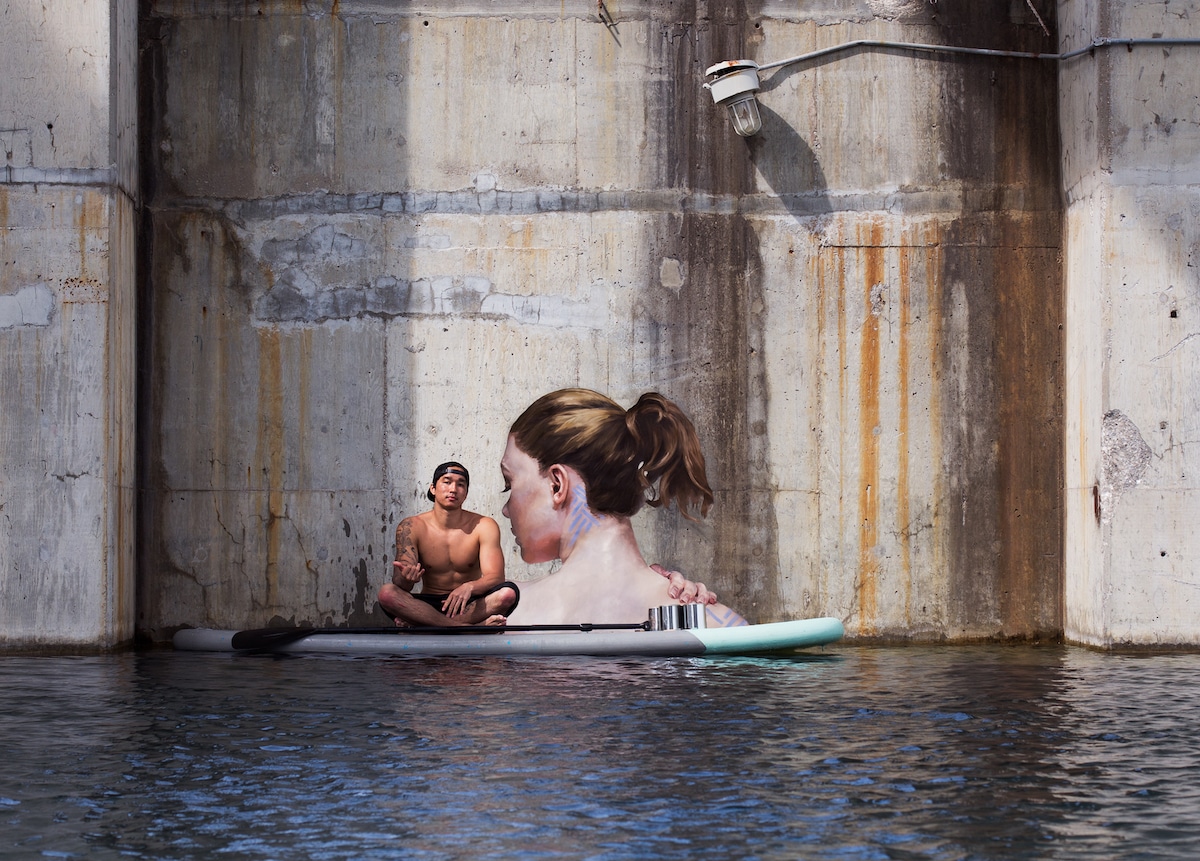
Where does your love of water and sensitivity to environmental issues come from?
Growing up in Hawaii taught me the value of protecting the environment and doing your own part in a community in order to live sustainably off the land. It was at the same time that I bonded personally with the ocean and spent every chance I could surfing. Both of these experiences constantly overflow into my artwork and inspire me to create.
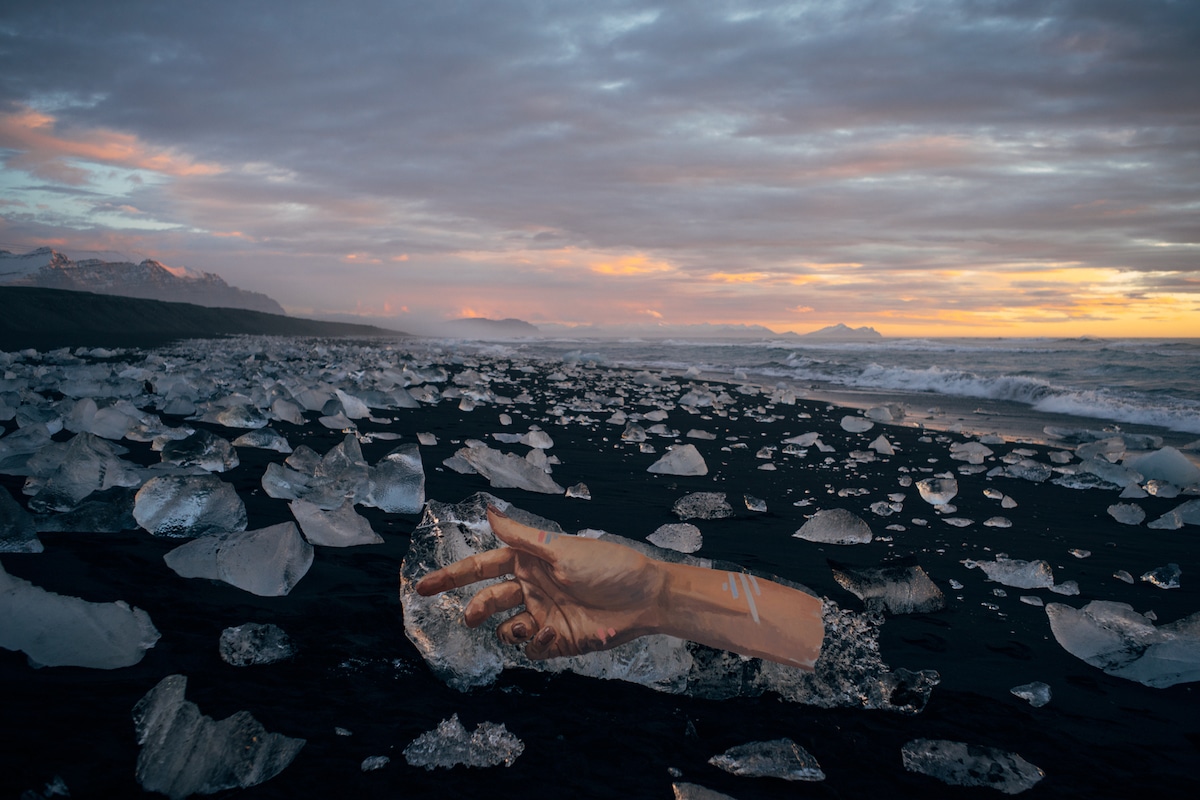
What sparked you to combine your art with your passion for the environment?
Combining both my art and environmental passions happened almost by accident at first, when I started creating murals along ocean walls. I always had underlying messages of sustainability and awareness, but this was the first concept I could literally combine these two aspects of my life influences into one. Every project since then has seamlessly integrated both values into their own unique stories naturally.
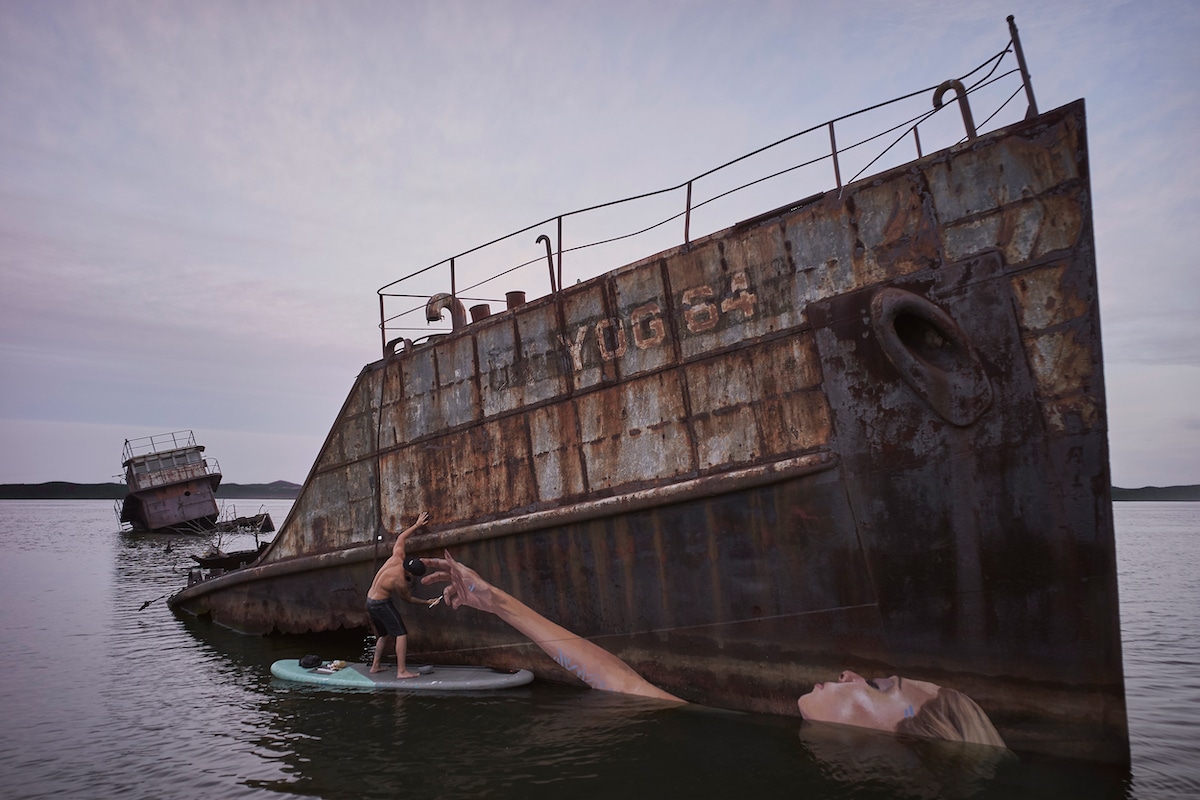
What sort of materials do you typically use, as we know you take care not the damage the environment with your paint?
It varies a lot, but a lot of the material we source or produce ourselves to ensure their safety for the environment. Typically I like to use natural pigments mixed with vegetable oil as a binder in substitute for acrylic type mediums. The drawback to using these materials is the lifespan of the artwork, which breaks down quickly out in nature. I've gotten used to the temporary aspects of my murals and use it to add to the stories.
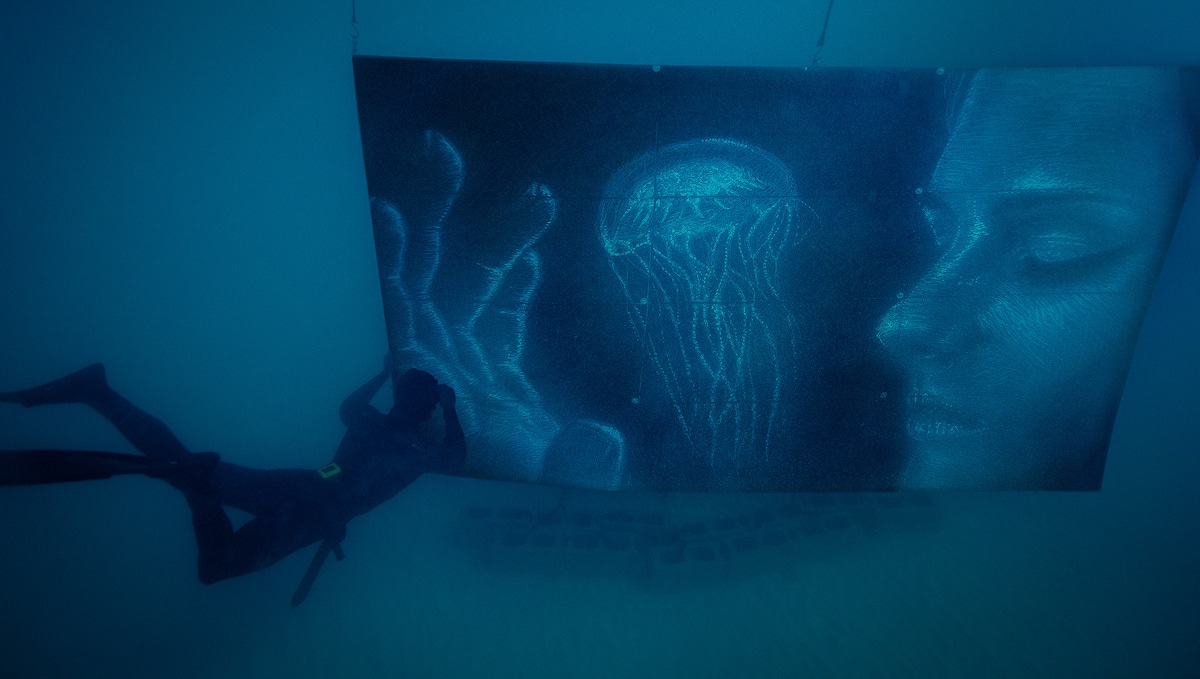
After painting above water, you've taken the plunge with Deep Seads. How did that project come about?
I began this project about 16 months ago when I heard some of the devastating facts of global coral reef health and how drastically they are declining. From there I dove in (literally) and began brainstorming ideas to bring awareness to the issues. With that, the first thoughts of producing artificial reef murals came to light and from there it was putting the rest of the pieces together to create a full series.
Was this your first experience with freediving? Can you talk a bit about the physical preparations that went into the project?
As much ocean experience as I had surfing, I was never very experienced below the surface with any type of diving. This proved much more difficult of a learning curve than I anticipated. It ended up being almost a year of intense training with only incremental improvements every week. Freediving takes both physical and mental strength into account with regulating oxygen levels, so it is definitely, by far, the most training I had to invest into one concept.
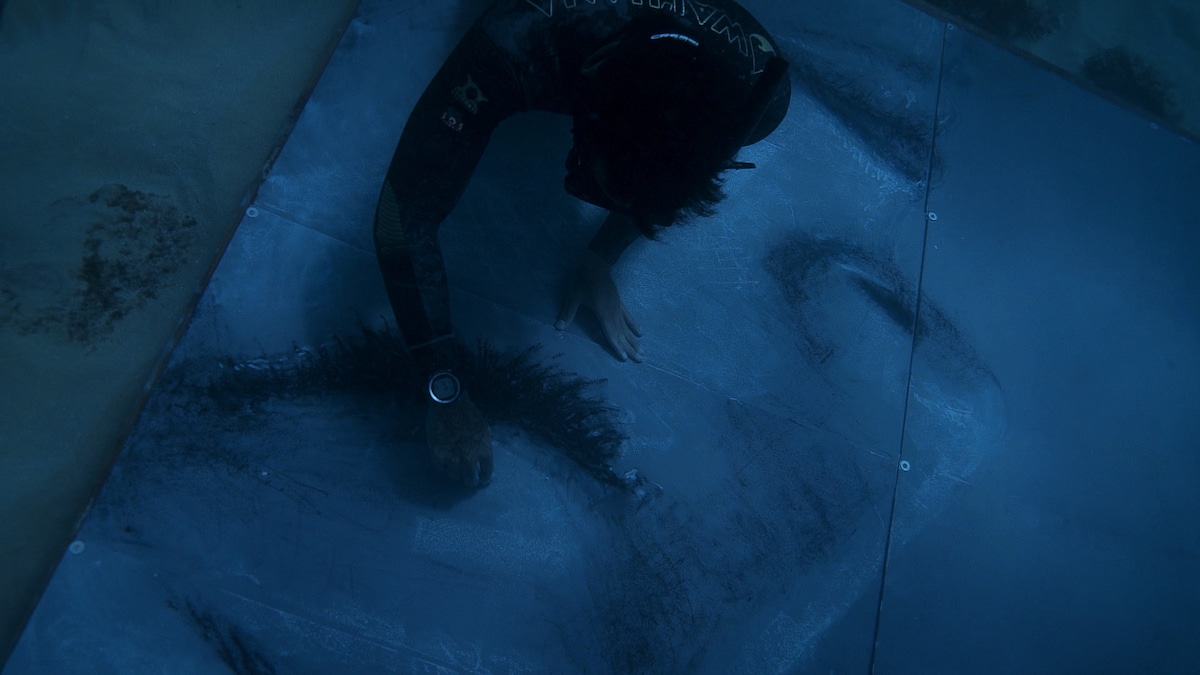
How did you go about selecting the areas where the reefs would be constructed?
We consulted with experts and did onsite scouting and research in order to make sure the locations were ideal for artificial reefs. There was so much to learn about the different ecosystems and how fragile they are.
In terms of the art, what was your creative process for selecting the imagery?
Each mural had its own message behind it. I always love creating figures that blend into the environment surrounding them and with this new world I had so much to play with, from the bubbles to jellyfish.
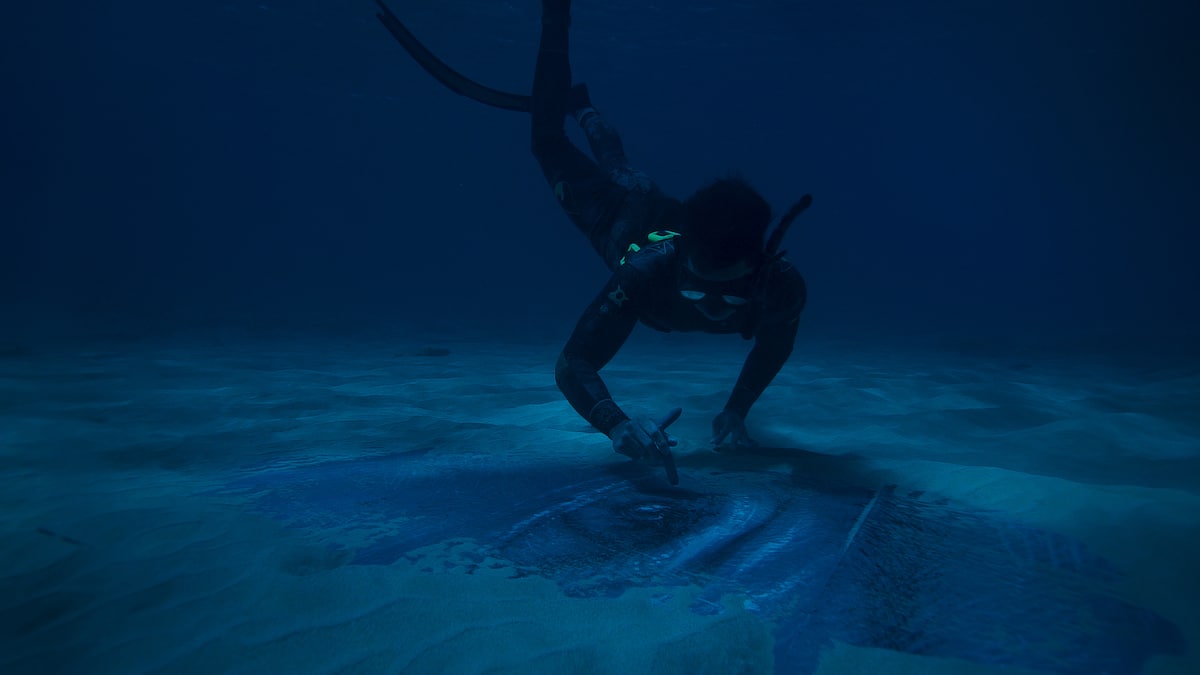
You had to develop your own materials to work with. What did you end up using in order not to create contamination in the water and how difficult was it to adapt your art to this medium?
After months and months of testing, I finally was able to produce a combination of non-toxic, eco-friendly primers and mediums to be safe and usable underwater. The hardest part was learning different techniques of drawing, since I would be limited with time and the texture produced with the mediums were much different than what I'm used to painting with.
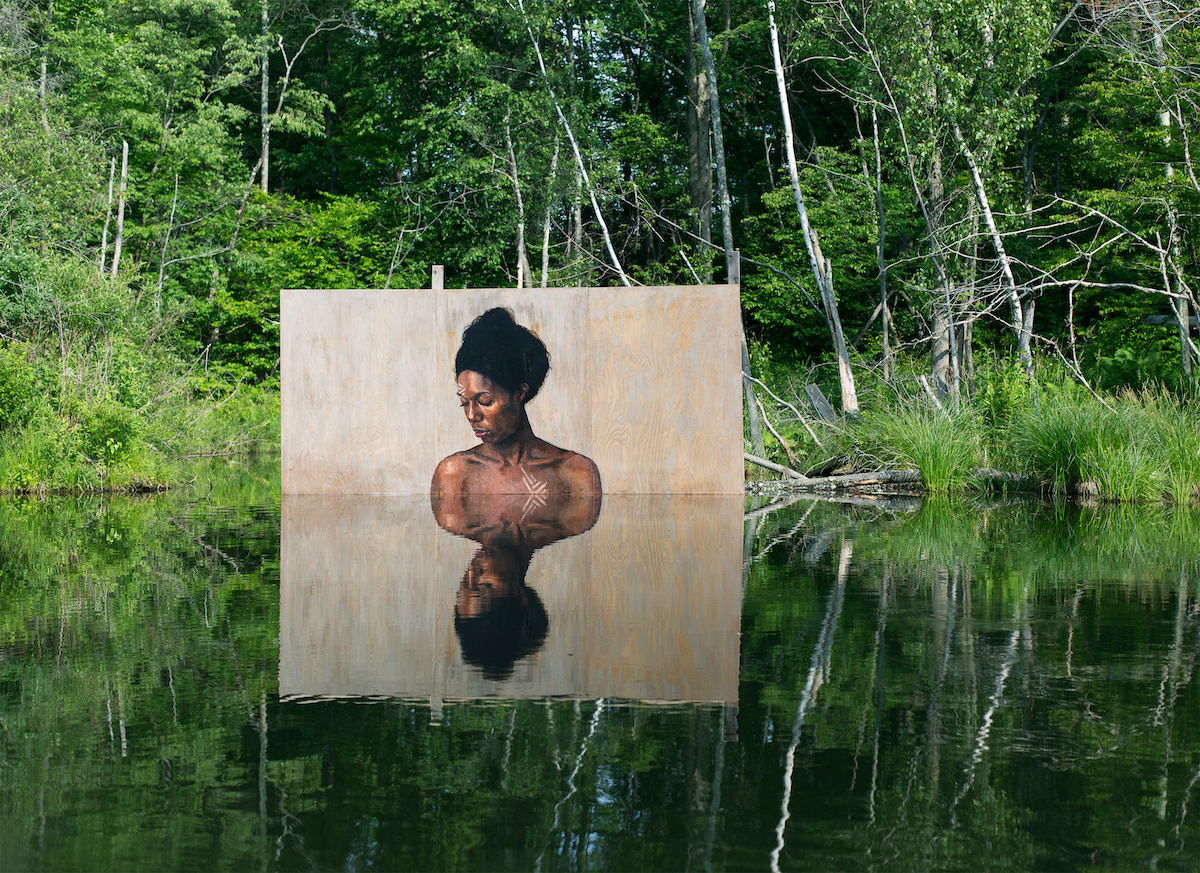
Why do you think it's important to use your voice as an artist to raise awareness for the environment?
I think it is important for me to use my voice as an artist because the messages are so much more important than the finished murals. I use the adventures and artwork as a way to connect to people all over the world with different perspectives and values. To be able to share my own path and perspective on life through my artwork is something I hope to never take for granted and to always use for a bigger purpose.
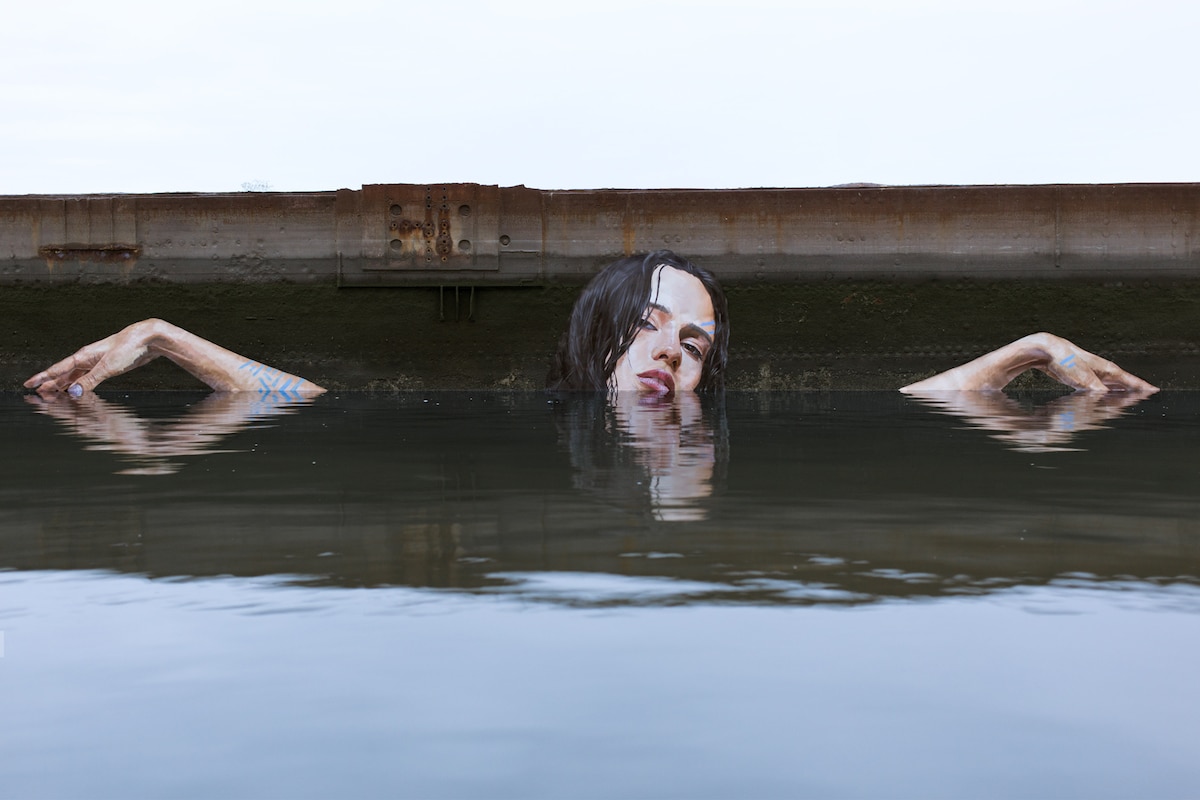
Now that you've conquered icebergs and freediving, what's next?
I have a handful more of very exciting new endeavors in the works right now that will be unveiled this year. With all my projects, it is exciting to test the limits of these art adventures and the possibilities always seem endless.
